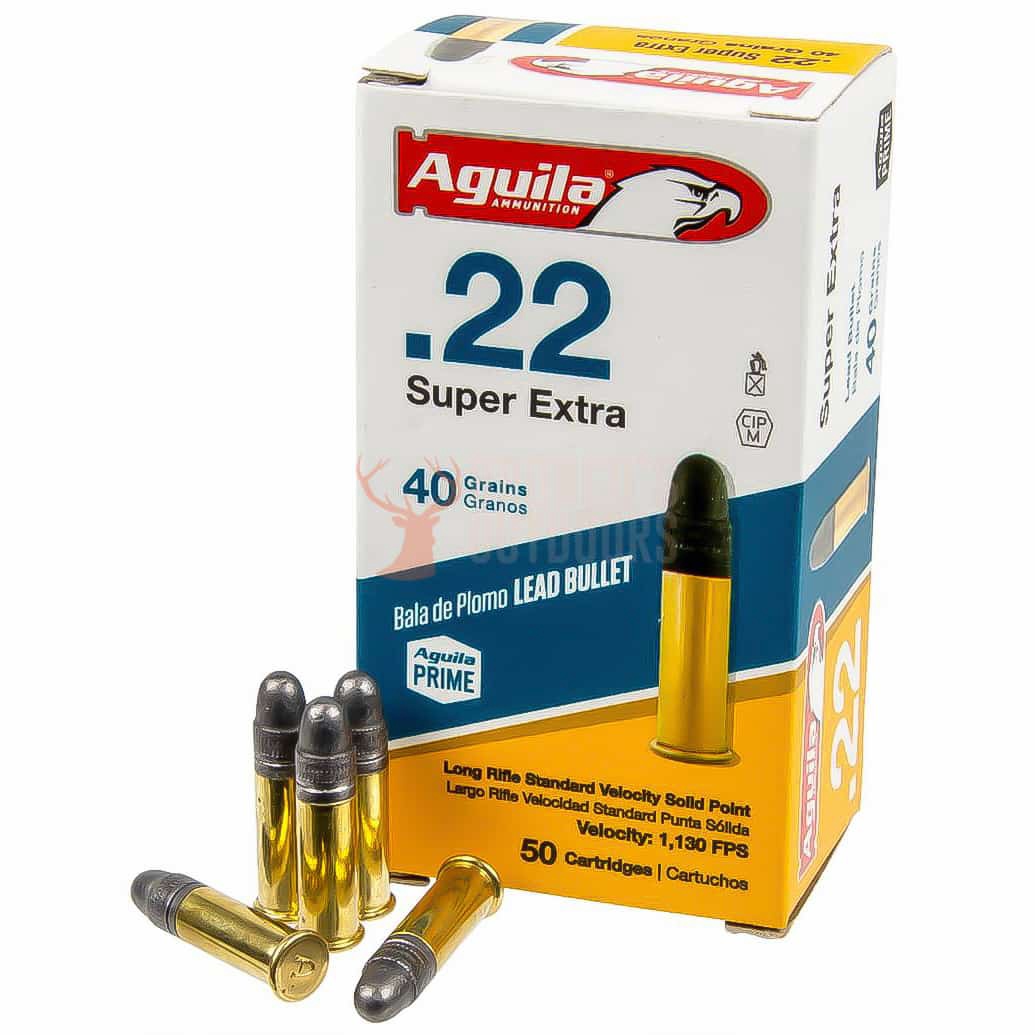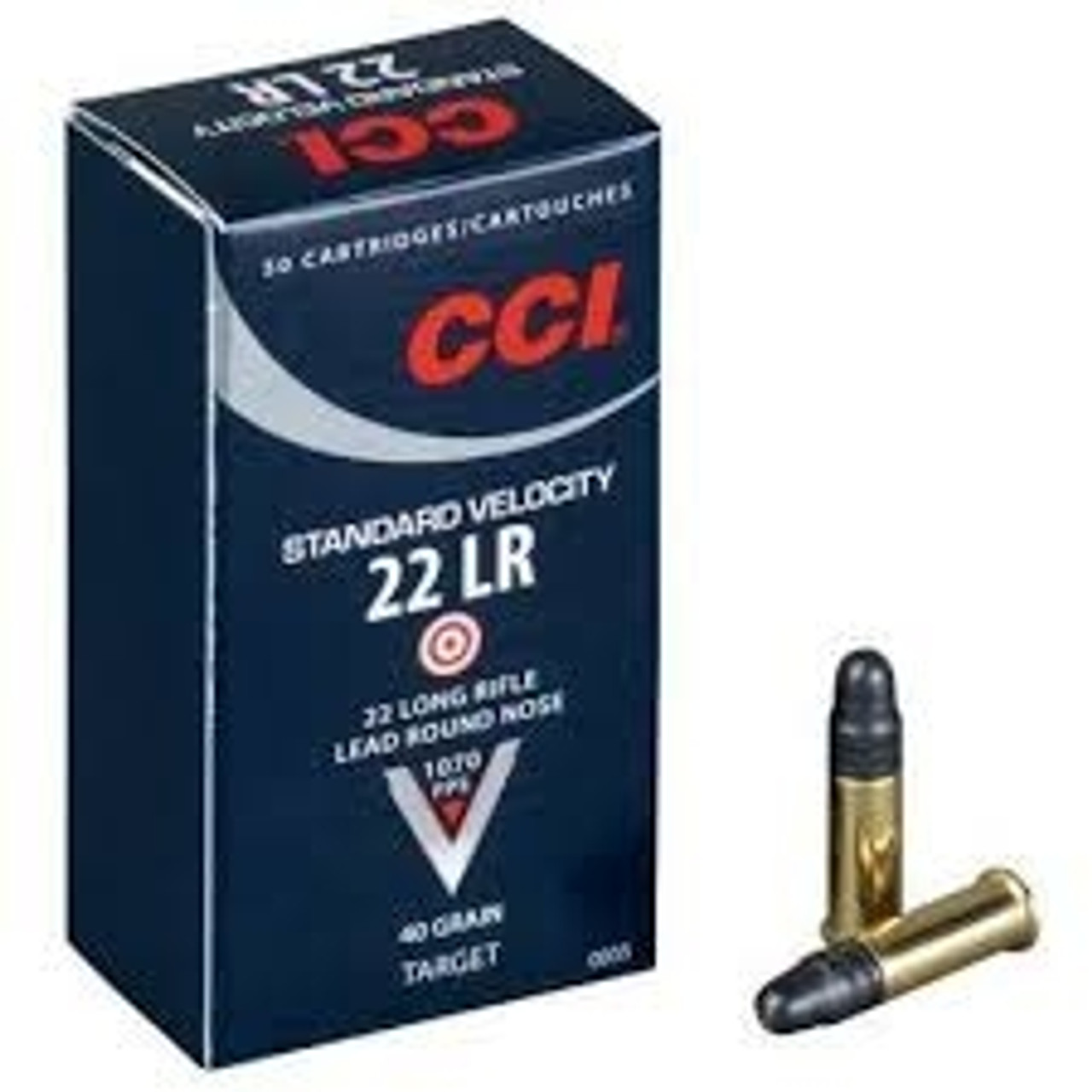

To do it, the Defense Department might want to go back to the future. The Pentagon is somewhat vague about how this will work, but the idea is that polymer-cased bullets “produce a reliable and consistent powder burn.” More specifically, polymer obturates at lower pressures, which means it may be possible to shoot a heavy bullet with less propellant while theoretically not trading for accuracy and range. One solution could be using “polymer cased ammunition” as opposed to brass or steel.
#Extreme velocity of 22 subsonic rounds how to#
Instead, the Pentagon has one idea about how to build a better subsonic bullet. Using subsonic bullets also causes a greater risk of jamming, which in a firefight could mean the difference between life and death. Likewise, a bullet can’t be too light or too heavy, because too much in either direction can prevent the bullet from obturating. The melted leading can be a pain to remove, and can permanently damage the weapon unless it’s cleaned. In technical jargon, the failure of a clean “burn” and the resulting lowered accuracy and range is called a failure of “obturation.” Normally, a bullet expands – or obturates – to the size of its barrel after being fired, keeping the bullet on target and preventing the gases that propel it from rushing past and melting to the inside of the gun. This results in bullet that is far and away less accurate, doesn’t go nearly as far, and “creates lower pressures which … makes it hard to get a clean burn of the propellant causing rapid fouling of the weapon.” The gunpowder (or propellant charge) for a subsonic bullet has to be used in smaller quantities than for a normal bullet, and the bullet itself has to be heavier. According to the solicitation, subsonic bullets “experience significant accuracy problems due to excessive deviations in velocity.” Subsonic bullets and fairly large-caliber war rifles, on the other hand, don’t mix very well.įor one, to keep a bullet from breaking the sound barrier – 1,100 feet per second at sea level – requires several trade-offs at higher calibers. Commandos have used subsonic bullets since World War II, though these are mainly effective in smaller guns like the. Breaking the sound barrier also pretty much negates the use of a sound suppressor, or “silencer,” which the special forces would likely want to use against militants in Afghanistan and around the world.Īt present, the Defense Department does not have subsonic bullets “classified for use in the calibers provided by any DoD service.” That doesn’t mean special operations forces never use them. 338 calibers, the bullets will travel at low enough velocities to avoid breaking the sound barrier, thus creating no “crack” noise. In theory, and for rifles in the 5.56, 7.62 and. The reason, according to the solicitation, is to “ provide superior covert and stealth capabilities” for not only the military, but police forces and the Department of Homeland Security. In its latest round of small-business solicitations, the Pentagon’s Special Operations Command, or SOCOM, is seeking out subsonic ammunition. Now the commandos want to be sneakier with slower, quieter bullets.

Most bullets make small sonic booms when flying through the air, which to our ears sound like a loud, distinct “ crack!” For the Pentagon’s special forces, that makes it hard to be sneaky about what they’re shooting.


 0 kommentar(er)
0 kommentar(er)
